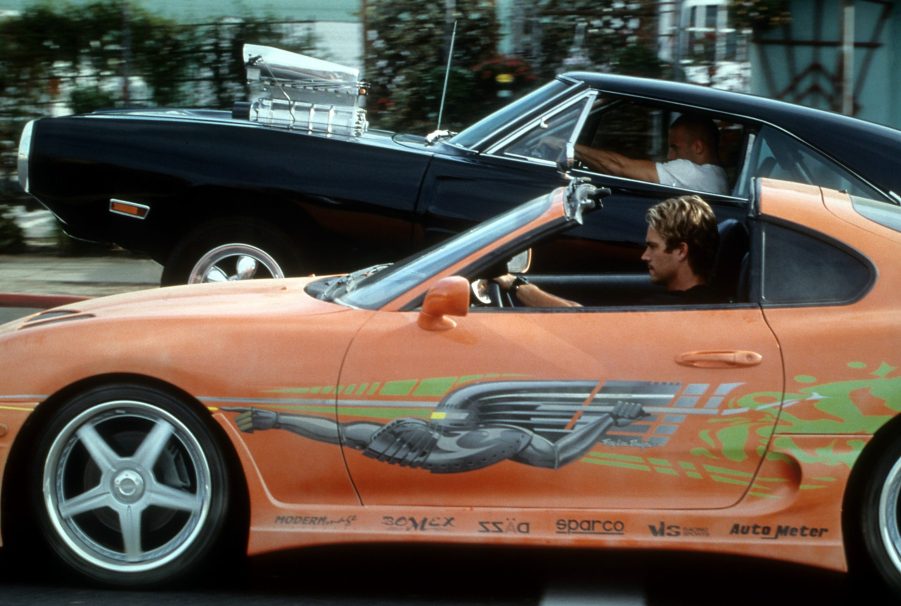
What Is ‘Double Clutching’ and Is it Really Better Than ‘Granny Shifting?’
“Granny shifting, not double-clutching like you should” are the famous words said by Dom Toretto (Vin Diesel) in the 2001 hit The Fast and the Furious. Ironically, when it comes to drag racing or daily driving, that line doesn’t really make much sense. So you might be wondering what “double clutching” actually is and if it is really more beneficial than “granny shifting.” Let’s take a closer look and clear up what the infamous Toretto was talking about.
What is double clutching?
Whether or not you know how to drive a manual transmission, you’re probably well aware that there is a clutch pedal associated with the process. That clutch pedal is used to accelerate the car in first gear (and reverse) and is depressed once when shifting up and down between the gears.
When it comes to “double clutching,” you press on the clutch twice when shifting in between gears. So if you were downshifting from third gear to second gear, then the process would be as follows:
Clutch in, shifter out of third into neutral, clutch out, tap the gas pedal, clutch in, shifter out of neutral into second gear. If you are upshifting, the throttle blip is not necessary.

The process is pretty straightforward and it’s really only necessary when you’re downshifting through the gears as opposed to upshifting. But even then, it’s not completely necessary since every manual transmission that you’ll find in a passenger car today is equipped with synchronizers that mesh the gears, the input, and output shafts together for smoother shifts.
Case in point, double clutching makes sense if you’re driving a large semi-truck, which typically doesn’t have synchronizers in the transmission, but not so much in a normal passenger car.
What is “granny shifting?”
Simply put, granny shifting is when you upshift or downshift through the gears of a manual transmission normally. This means that there’s not rev-matching or double clutching happening through your shifts, which also means that the car will likely bog when you downshift.
In this instance, “rev-matching,” or blipping the gas pedal between shifts could smooth things out, but it’s not always completely necessary to do so. However, if you’re driving a car with a manual transmission normally and shifting through the gears just like you were taught, you’re technically “granny shifting,” which is the proper way to drive it.

Don’t bother with double clutching, even if you’re racing
Now that we know what double clutching and granny shifting are, we can now see that it would have been pointless for Brian (the late Paul Walker) in The Fast and the Furious to employ the technique while drag racing Toretto.
In fact, considering it would have taken him longer to shift into the next gear – since he would have had to push the clutch in twice – he probably would have lost the race anyway. And just like Toretto says in the movie, “It doesn’t matter if you win by an inch or a mile, winning is winning,” and double-clutching wouldn’t have helped anyone, especially Brian, win that race.



